In two short years our lovely Grand Central Terminal will be celebrating her centennial. In the years that we’ve known her, she has relatively few undiscovered secrets – countless books, documentaries, and articles have told her stories to anyone curious enough. Sure, media outlets always present these as grand, never-before-heard secrets, but for the railfans, we know (and have discussed their veracity endlessly). One can be so caught up in the immense grandeur of the monument designed by Reed, Stem, Warren, Wetmore, and Wilgus (one must never forget Wilgus) that some of the most obvious details are completely overlooked. Perhaps overlooked is not the correct word – as on a normal day one cannot really get a proper look of the exterior of this grand structure. In fact, a closer look is completely blocked by the roadway that diverts traffic around the station – one of the details that won Reed and Stem the contest for design of the station in the first place. Unless you’ve taken the roadway around the station, chances are you’ve not gotten a chance to see up-close the eight-and-a-half foot tall likeness of Cornelius Vanderbilt. Nor have you gotten a good, full-frontal view of the massive sculpture on the front facade (the enormous scale of which is practically imperceptible from the ground). But there are days in which these views are open for all to explore, and to photograph. They may call them Summer Streets, but to me, they are a great time to view Grand Central.
If you are familiar with the concept of Summer Streets, the most typical image that probably comes to mind is a bicycle. For three Saturdays, usually in August, seven miles of street are temporarily closed off to cars – allowing bicyclists, skaters, and pedestrians to stroll to their heart’s content. Although the scene is dominated by the bicyclists, you will definitely see a few photographers (like me!) capturing the view sans the ubiquitous automobile. You can get up close and personal with the Commodore and a perched eagle, and roam around the exterior to see the New York Central (now the Helmsley) Building, which was once viewable behind Grand Central – until it was eclipsed by the Pan Am (now MetLife) Building in 1963.
Both the eagle and the Vanderbilt statue predate the Terminal, but have both returned to stand watch. The cast-iron eagle, with a thirteen-foot wingspan, once perched above Grand Central Depot, the predecessor to today’s Terminal. In the late 90’s the bird was discovered in Bronxville, eventually donated to the MTA, and returned to its historical home. The statue of Commodore Cornelius Vanderbilt was designed by Ernst Plassman in 1869, and was relocated to its current home in 1913, when the Terminal was completed. The 35-story building at 230 Park Avenue, originally the New York Central Building, was designed by Warren and Wetmore and completed in 1928.


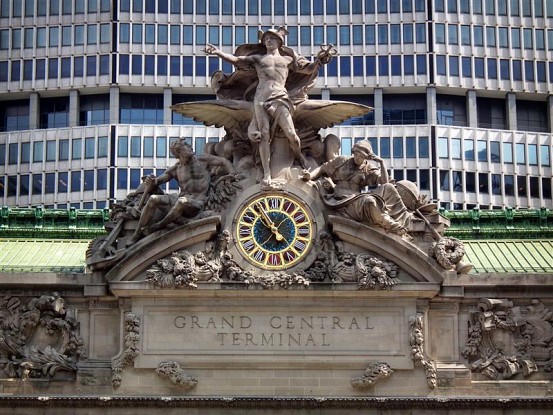
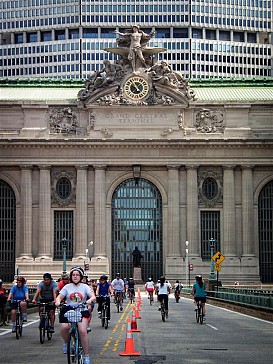

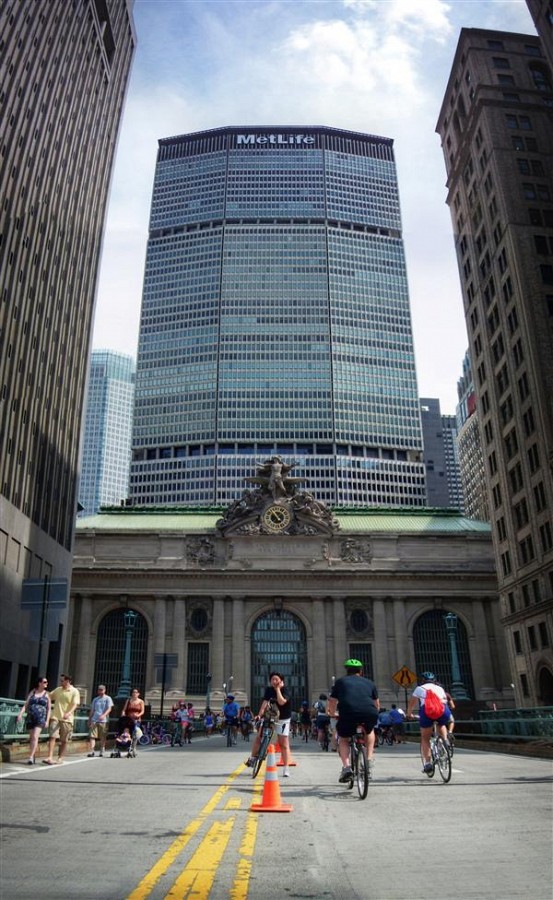
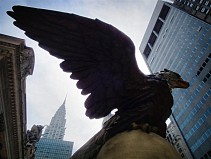
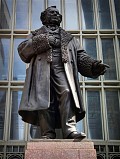
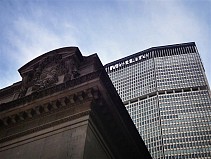
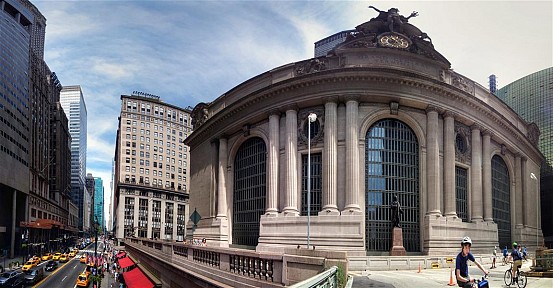

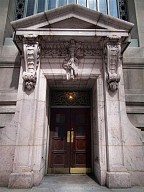
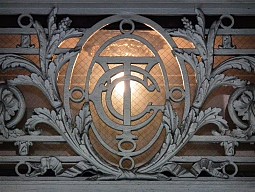
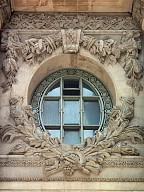
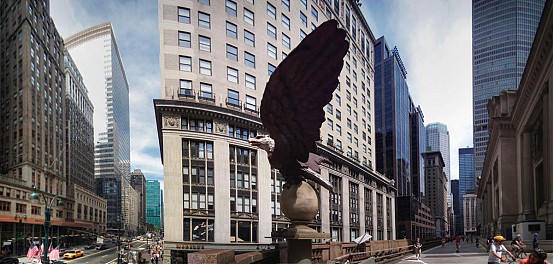
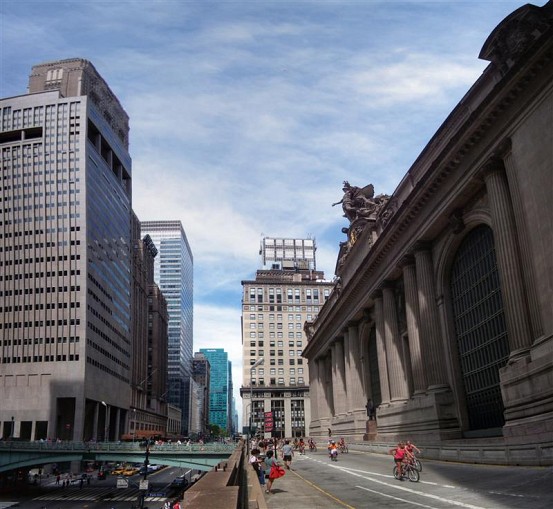
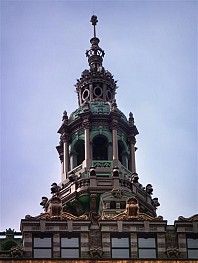
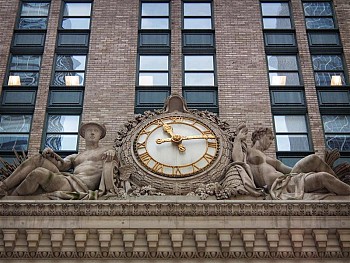
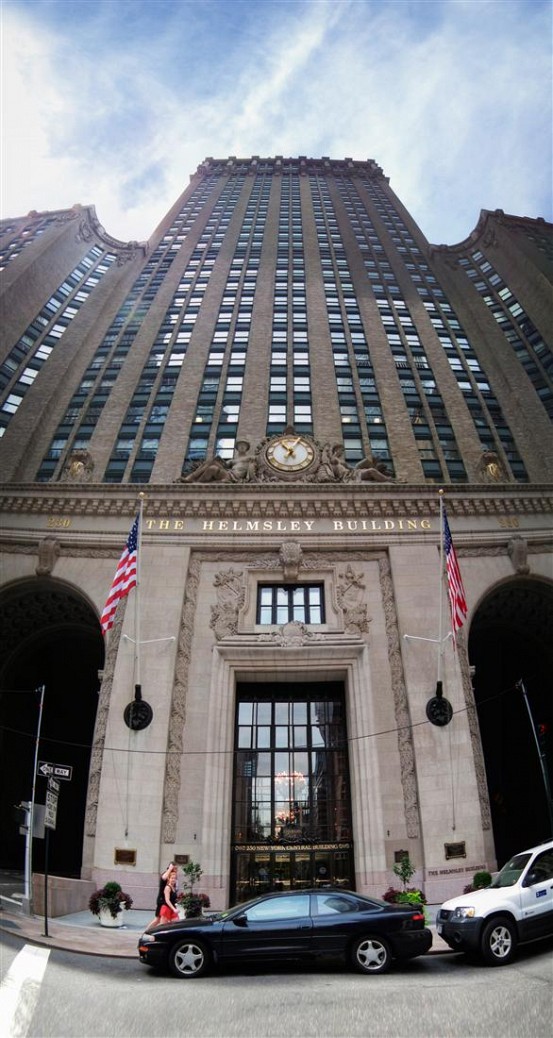
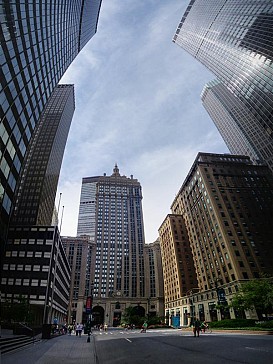
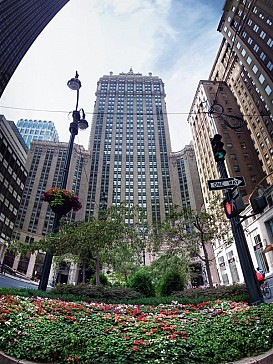
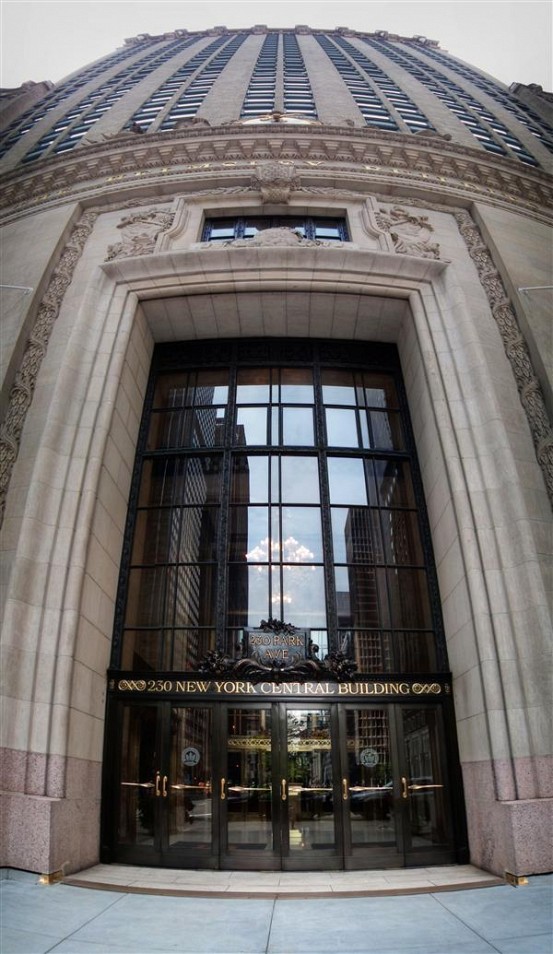
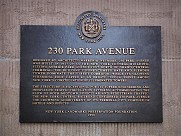
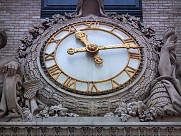
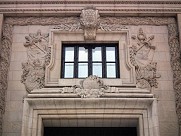
Wow, pretty neat stuff! I really enjoy all these old statues and things as they so often survive station rebuildings and are often the only things left. There’s two old lions in a park in Worcester that survived from the old train station and I think just a few dozen people know their origin, half of them because I wrote about them once. So much history that’s actually hidden in them, not like the rest of the station.